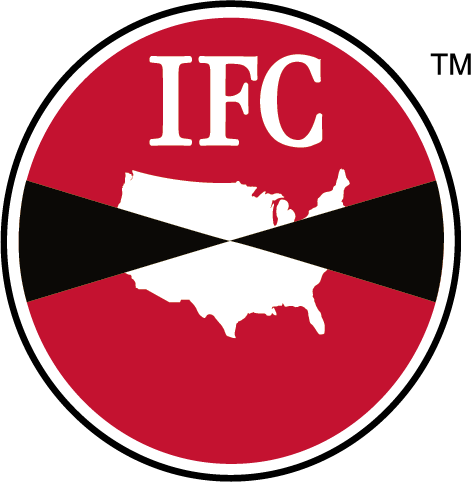IPM PYRAMID
A FORMULA FOR FOOD PROCESSING PEST CONTROLThe “Pest Management Pyramid” graphic is a great tool for visualizing the integration of many tactics toward the goal of preventative and sustainable pest management.

- The pyramid is built on a solid foundation of IDENTIFICATION and biological information about pest threats. Biological information provides insight to the vulnerabilities of pests to the full range of management tools and techniques that are available for management. Often, a very specific environmental requirement or aspect of behavioris the chink in the armor we can exploit. For example, pheromone mating disruption technology works so well against Indian Meal Moths only because the adults have such short life spans and adults need to mate successfully within 3 days.
- SANITATION to deprive pests of the food and harborage they need, or timed to break life cycles, prevents infestations from developing. The preferred method for controlling small flies, for example is not pesticide use, but cleaning of drains and other developmental sites on at least a seven day schedule.
- INSPECTION to catch problems early, prevent importation of pests withsupplies, or better yet – to locate and correct conducive conditions, keeps infestations small or prevents them from ever developing. Certain stored product beetles are indicators of excess moisture and mold. The insects may be objectionable, but thank them for alerting you to a moisture issue where it should not be.
- MONITORING and especially analyzing pest activity data elucidates developing trends and hotspots for early intervention. It may point to a batch of product that is aging in storage and needs to be moved out, or something like a door that is not closing properly allowing pest invasions.
- MAINTENANCE activities that improve exclusion or eliminate structuralharborages are enormously helpful for correcting the source of pest problems once and for all.
- And, even PESTICIDE APPLICATIONS can be selected and timed with prevention in mind rather than reacting to infestations.
There have been dramatic success stories associated with proactive integrated pest management programs. Facilities have gained ten days or more production time annually and eliminated fumigations thanks to well-integrated sanitation adjustments, harborage reduction, better monitoring analysis and smarter pesticide use. Educational efforts in the grain industry are reaffirming good management techniques for grain quality management including pest management. Preventative use of grain protectants has been gaining acceptance in the grain and milling industries as an alternative to fumigations after insects have already become established. Imagine the number of times some crack or crevice harborage might be sprayed over time, when it could be sealed once and for all.


